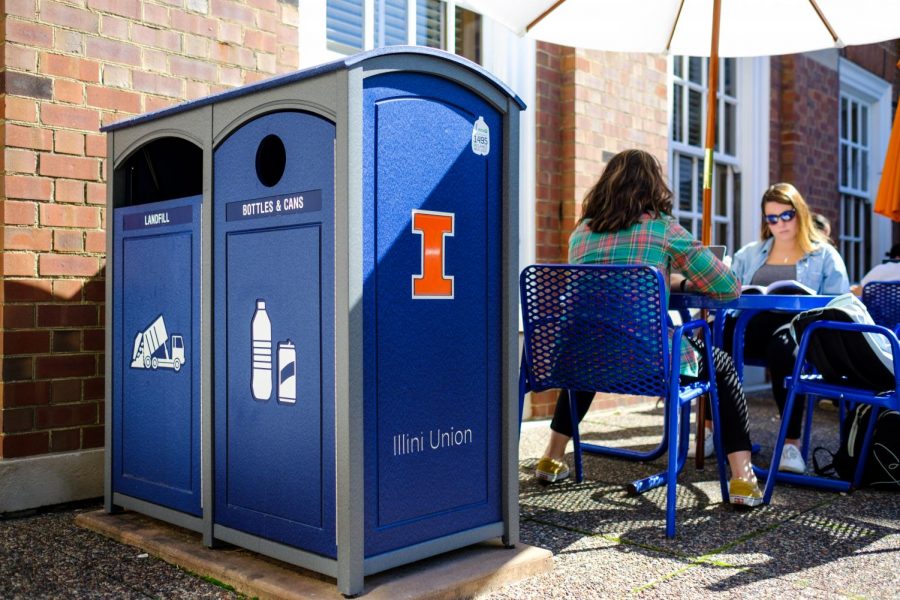You are here
Projects Updates for place: Electrical and Computer Engineering (ECE) Building
- Associated Project(s):
Archived info - previous project description
Associated Project(s):Building Sustainability Checklist
Associated Project(s):Campus Engagement
Associated Project(s):Attached Files:Sustainability in Dining
Associated Project(s):Attached Files:Water in Buildings/Stormwater at Illinois
Associated Project(s):Attached Files:Meeting with Joyce, Nynika, and Morgan
Site / Landscape Presentation
Associated Project(s):Attached Files:Net-Zero Energy meeting
Associated Project(s):ECEB Net-Zero Updates & Clarifications
Associated Project(s):SSC Funding Request & Approval for ECE Lobby Displays
Associated Project(s):F&S Transportation Demand Management Presentation
Associated Project(s):Attached Files:discussion with Morgan and Joyce
Associated Project(s):F&S Energy Conservation Presentation
Associated Project(s):FY20 Green Power Partnership renewed
Mailbag solar article: Suggestion for UI solar panels
FY19 Green Power Partnership renewal submitted
Associated Project(s):Info from Andy Robinson at F&S
archived - previous project description
Associated Project(s):Glass recycling finds funding on campus
Associated Project(s):

